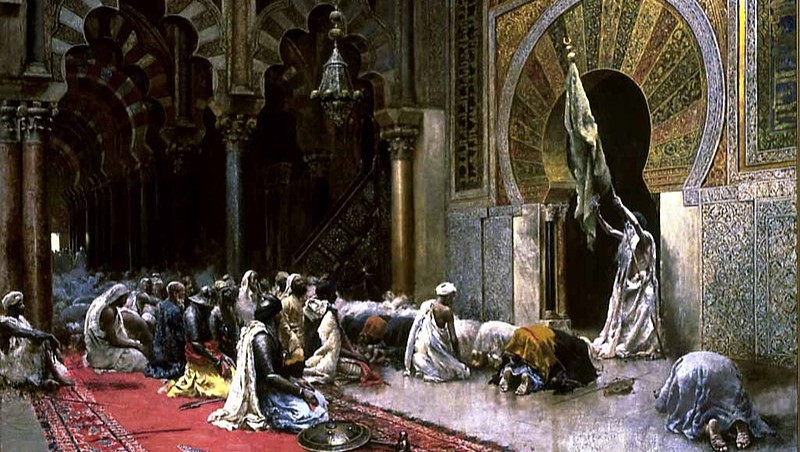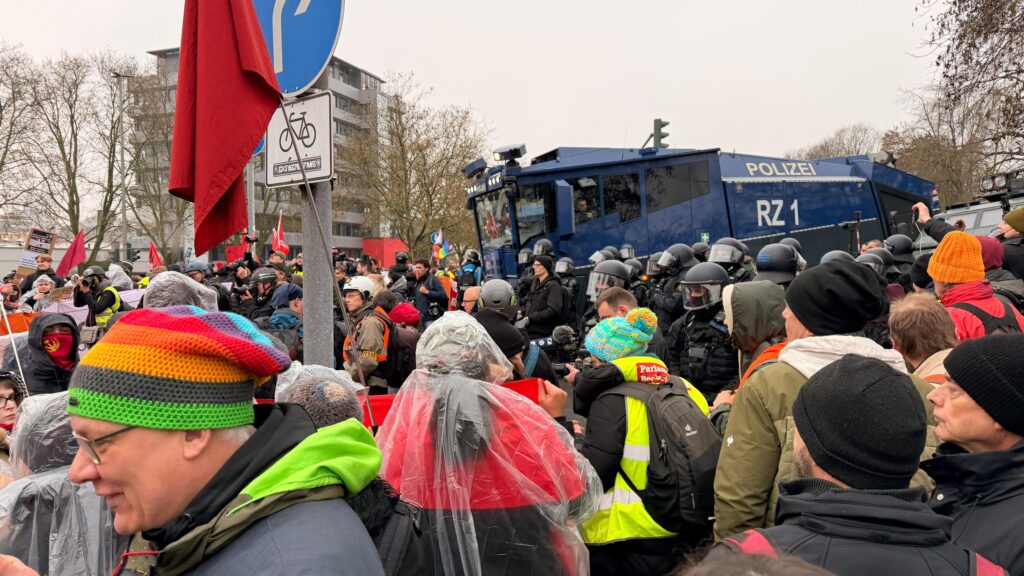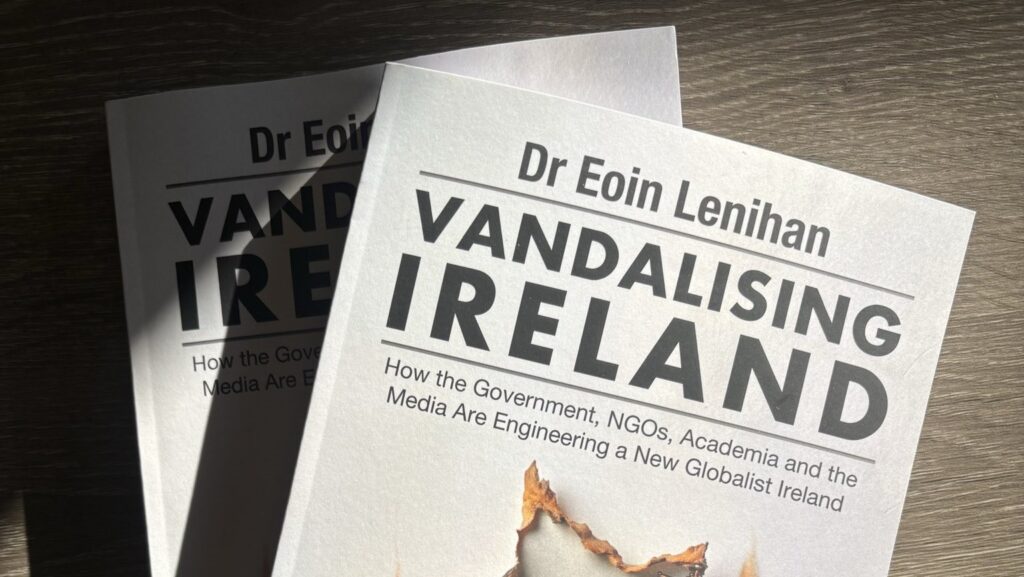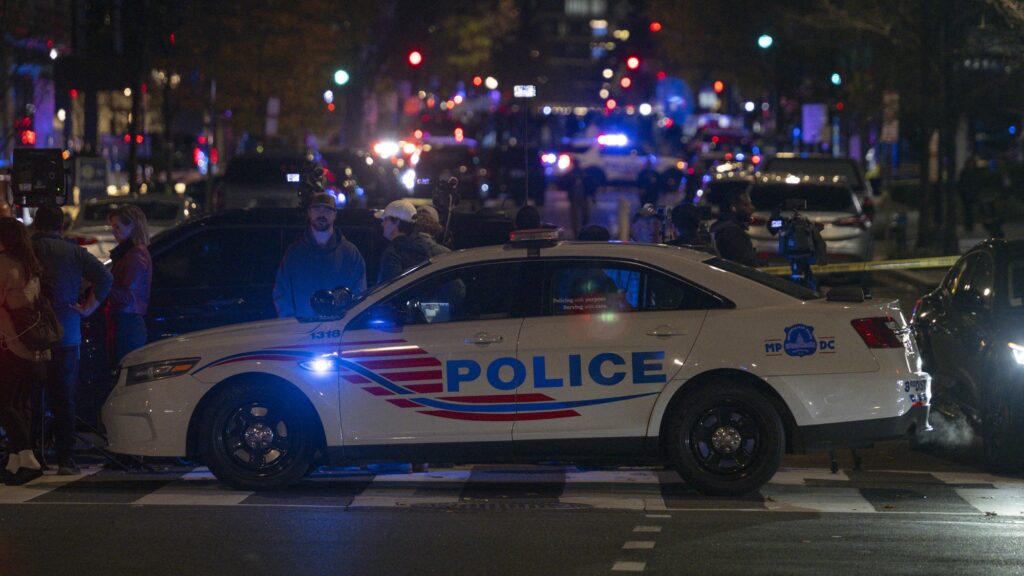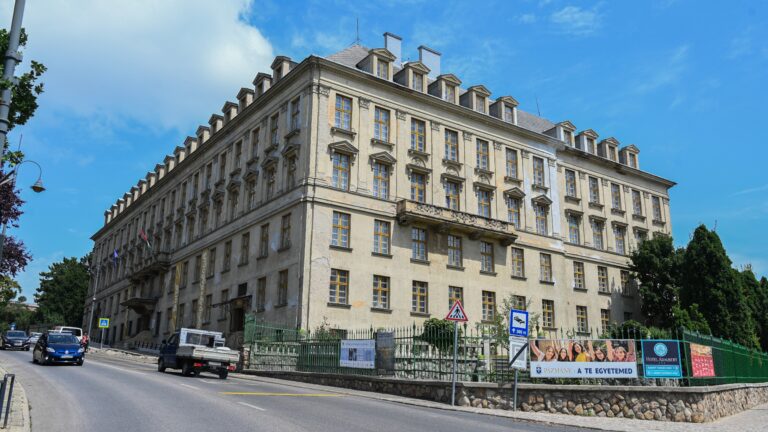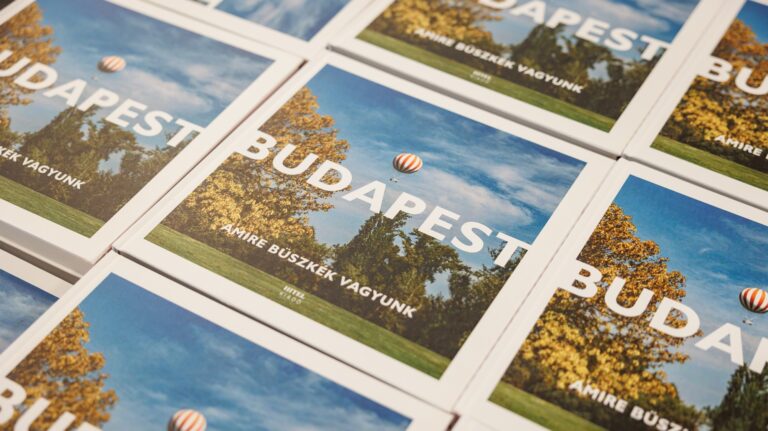On 4 September 2025, the Danube Institute (DI) hosted Dr Simon Cottee, a journalist and former senior lecturer in criminology at the University of Kent. Cottee, who left academia in 2023 after nearly 25 years, is now a regular contributor to The Atlantic, UnHerd, and, most recently, Hungarian Conservative. His three books, The Apostates (2015), Black Flags of the Caribbean (2021), and Watching Murder (2022), each tackle a different facet of extremity: leaving Islam, joining ISIS, and watching atrocity online. At the DI, he spoke about the challenges of access, the distortions of method, and the ethical dilemmas of embedding with marginal or stigmatized communities. The seminar ranged across his trilogy, weaving in his own uneasy reflections as well as interventions from fellows and journalists present.
The Apostates: When Muslims Leave Islam (2015)
Cottee’s interest in apostasy began in part with Christopher Hitchens, whose defence of the Iraq War estranged him from much of the left. Hitchens had become an apostate of the political variety. This, along with the religiously motivated 2004 murder of Dutch filmmaker Theo van Gogh by a radical Islamist, sparked Cottee’s curiosity about those who leave Islam, especially in Europe. Cottee later discovered the online forum ‘Council of Ex-Muslims of Britain’, founded by one Maryam Namazie in 2007.
Cottee secured a grant and began travelling to meet forum members. His first obstacle was gatekeepers. One Egyptian British ex-Muslim interrogated him at length to ensure he was not a jihadi infiltrator or a right-wing provocateur. Many on the forum leaned left and feared their stories might be weaponized by far-right anti-Muslim agitators. Once trust was gained, Cottee pursued life-history interviews. He quickly learned not to ask ‘Why did you leave?’—criminology teaches that ‘why’ invites justifications and cover stories. Better was ‘What was happening in your life?’ which elicited halting but more authentic narratives.
The results unsettled activist expectations. Whereas ex-Muslim organizations often present departure as triumphant emancipation, Cottee found many ex-Muslims remained tied to their faith by family, marriage, or lingering identity. Women bore particular burdens, unable to pass undetected in the way some men could. For many, leaving meant isolation, depression, and, in one tragic case, Cottee came across, suicide. This incident involved a young British Pakistani man who hanged himself after posting photos with a noose on Facebook. When The Sunday Times demanded corroboration of his abuse claims, Cottee interviewed the father, who was gravely ill, and came away feeling ‘grubby’, having elicited conflicting accounts that complicated the activist narrative of emancipation versus oppression.
Cottee stressed that, unlike in the Middle East, most ex-Muslims he interviewed were not at risk of execution in the West, but of social death. Families told them to just ‘go to mosque once a week’, or accept an arranged marriage, and they might be tolerated. But many were left in limbo. Ex-Muslims who converted to Christianity often found a new community, but those who embraced atheism were left without one. ‘Now that religion was gone, many asked: what is the point of life?’ Cottee noted.
‘Now that religion was gone, many asked: what is the point of life?’
The ethical unease never left him. ‘You think you’re giving people a voice, but you’re also using their stories,’ he admitted. Hugo Martin, a French Visiting Research Fellow at DI, asked whether he minimized this sense of betrayal or got over it outright. Cottee replied bluntly: claims about ‘helping communities’ often mask the real driver, curiosity. He confessed to a voyeuristic element: ‘People expose themselves to you, and you’re going to use their story in ways they never envisaged.’ Sean Nottoli, an American Visiting Research Fellow at DI, pressed further, asking whether social science itself is parasitic on suffering. Cottee conceded the point, noting that story after story tilted toward bleakness rather than liberation. ‘At the time I was persuaded by Hitchens’s work on religion, but the interviews forced me to reconsider,’ he added.
Black Flags of the Caribbean: How Trinidad Became an ISIS Hotspot (2021)
Cottee’s second book, mentioned in the seminar, emerged from a striking anomaly. Between 2013 and 2016, an estimated 240 Trinidadians travelled to Syria and Iraq to join ISIS, the highest per capita recruitment in the Western Hemisphere. What set Trinidad apart was also the composition of its jihad-goers, as whole families left together. Whereas in Europe, mid-20s men often departed in fraternal clusters, in Trinidad, husbands, wives, and children emigrated as households. About 26 families in total departed, clustered in overlapping mosque networks. National authorities often looked the other way, relieved to see disruptive elements go.
Cottee began reporting on the phenomenon in 2014, writing for The Atlantic. He made repeated trips to Trinidad, meeting activists, politicians, and relatives of fighters. One striking anecdote he recalled is someone telling him an informant would meet him at a certain time and place, but refusing to give a name or even a physical description. Cottee went and was essentially interrogated, getting zero information. He extracted more details from the Islamists themselves. Umar Abdullah of the Islamic Front became a key contact, and so too did Imam Nazim Mohammed, whose settlement in the south provided a base for dozens of departures. Cottee would come to cultivate one of Mohammed’s lieutenants, who discreetly revealed details of the families involved. By cross-checking Facebook posts, Cottee was able to build dossiers on over 100 individuals, noting mosques, family connections, and travel routes.
The ethical tension was constant. Cottee let interviewees believe he was sympathetic to the plight of women and children left in camps, while privately probing for incriminating admissions. At one point, he recorded Mohammed nearly endorsing the caliphate before an aide intervened. When Black Flags of the Caribbean came out in 2021, the backlash was intense. Cottee learned from a security contact that returning to the country would be unsafe. His refusal to relay ‘convenient lies’, such as portraying women as mere dupes rather than ideological actors, had provoked anger among his interlocutors.
Stefano Arroque, a Brazilian Italian Visiting Research Fellow at DI, asked whether Muslims in Trinidad were concentrated in the south. Cottee answered that while Muslims are nationally dispersed, the South hosted especially radicalized networks. Arroque also referenced Trinidad’s Islamist past: the 1990 Jamaat al Muslimeen coup attempt by black converts. Cottee agreed that this history provided the backdrop for later radicalization. He described the cult-like atmosphere of Mohammed’s community, where a plot of land with 30 houses lay half-empty after departures. By the end of the war in Syria, most of the men were dead, while the women and children languished in camps. Trinidad’s departures were facilitated by permissive politics. Until 2018, travelling to Syria was not criminalized, so few recruiters faced prosecution.
Watching Murder: ISIS, Death Videos and Radicalization (2022)
Cottee’s third book, mentioned in the seminar, turned to the spectators of horror. Beginning in 2013–14, ISIS revolutionized gore culture with slick high-definition videos of executions—these flooded sites, such as Best Gore, where previously grainy cartel or accident footage dominated. Cottee immersed himself in this ecosystem, then designed a survey embedding edited ISIS clips. Respondents faced a choice: would they watch a mass-beheading video in full? A third said yes, nearly half refused, and the rest hovered ambivalently.
‘Beginning in 2013–14, ISIS revolutionized gore culture with slick high-definition videos of executions’
The motivations varied. Some young men saw watching as a test of toughness, whereas future nurses said they used it to build tolerance for blood. Others admitted to a ‘buzz’, a bodily thrill, or cathartic release. One woman favoured suicide and accident videos, claiming they gave her a sense of relief. From these examples, Cottee highlighted the paradox of disgust as a pull to what repels. Cottee also interviewed about 25–30 gore enthusiasts. Many seemed articulate and ordinary, though some had traumatic pasts.
On Telegram, pro-ISIS women swapped ‘favourite’ videos with glee. Cottee cautioned that most ISIS propaganda is not violent at all, depicting markets, soldiers with children, and that survey respondents sometimes felt momentary sympathy even as they realized what they were viewing. Propaganda, he argued, manipulates through banality as much as brutality—and one might add that the devil’s best lies are beset with the truth.
Peter Caddle, an Irish journalist who recently settled in Budapest, asked whether MRIs or big data could deliver firmer answers about morbid curiosity. Hugo Martin wondered whether such research would get a grant and make for good television, then concluded that yes, it would get a grant, because yes, it would make for good television.
Cottee defended cover stories and evasions as part of his work. ‘Maybe there isn’t a real story at all,’ he mused. Hugo Martin wondered aloud if Cottee had found more questions than answers. He admitted that he had, but insisted that the point was to map motives and evasions rather than to hammer out a grand theory.
One may be tempted to deride this as slyly elaborating a justification for the soft sciences, depicting them as more profound (and therefore, more valuable) than the hard sciences. This would certainly make economic sense, since, as Debord put it in The Society of the Spectacle (1967): ‘The spectacle is the main production of today’s society.’ Yet, if such derision were to come from someone who does not work in the hard sciences, the easy counter would be that this derision would be an expression of this person’s own neuroticism, and thankfully for Cottee, the hard scientists are too busy conducting hard science to bother with such derision.
‘Propaganda, he argued, manipulates through banality as much as brutality’
Cottee acknowledged his own voyeurism, admitting that he too was compelled to look, even when certain beheadings were unwatchable. He interviewed a statistician who meticulously catalogued murders, numbering and timestamping each victim. This was not done as part of her job, but as volunteer work. Some enthusiasts said they sought extreme content to feel alive again. Cottee concluded that curiosity and horror intertwine in ways that elude neat explanation—true crime writers rejoice, for you will never be out of a job.
Cottee linked his various works to his ongoing project on jihadist plots in Europe. Drawing on Norwegian scholar Petter Nesser’s dataset of more than 300 plots between 2015 and 2020, he has been examining the role of asylum seekers and newly arrived migrants. His analysis suggests that around 35 per cent of plots involved asylum seekers, with the figure rising to 65 per cent in Germany. Most were not sent by ISIS but radicalized after arrival. Cottee stressed the painstaking nature of this work, cross-checking open sources and cautiously using AI tools such as Grok to structure data. Peter Caddle suggested that Cottee get a custom-designed LLM for his work.
Related articles:

